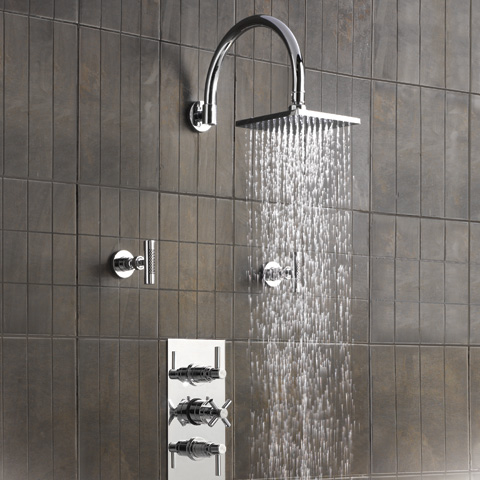According to Defra.gov.uk, we use 150 litres of water per
person, per day, in England - compared with the German average of 127 litres.
Across Europe as a whole, water usage is about 20 litres less than in the UK.
If it’s old, then your bathroom is unlikely to be fitted
with any water saving technology. Your toilet could be using thirteen gallons
per flush, and if it was fitted before 1991 it will be using at least nine
litres per flush. Toilets installed between 1991 and 2001 are likely to use
approx 7.5 litres per flush, while a modern (post 2001) toilet uses six litres
as standard.
A ‘toilet Hippo’ installed in your toilet cistern can reduce
wasted water by up to three litres on each flush, helping you to save money as
well as water. And if your bathroom is due for renovation, remember that a modern
dual flush toilet will use a maximum of six litres per flush on its long flush
option and only around two litres on a short flush.
In addition, the government recommends that we each try to
ensure we shower for no more than five minutes per day, to conserve water. But
what if you could still save water without compromising on the occasional
luxurious, stress-busting ten minutes plus? Try fitting your shower with a
‘low-flow’ shower head. There are two types: aerating and non-aerating. A
non-aerating head has smaller holes, restricting the flow of water and
producing a hard, massaging spray; an aerating head mixes air with the water
for a softer, bubblier shower.
And it’s not just water saving that should be of interest to
us. All of our natural resources should be conserved where possible. So if
you’re serious about living a green lifestyle, any bathroom renovation that you
consider should incorporate the use of sustainable materials in bathroom
furniture and flooring, and you should also try to incorporate recycled pieces
where possible.
 This could mean opting for new bathroom furniture made from
sustainable materials such as bamboo, or it could mean recycling or
repurposing.
This could mean opting for new bathroom furniture made from
sustainable materials such as bamboo, or it could mean recycling or
repurposing.
Websites such as Freecycle are a great resource: things that
other people don’t want any more are not necessarily rubbish, and you could
pick up some gems. The same goes for larger charity shops, where you can often
find items of furniture. Keep an eye out for second hand bathroom items such as
freestanding baths and washstands, or cupboards which could be pressed into
service as bathroom cabinets or storage units. Almost anything you need,
including wall and floor tiles, can be bought second hand or salvaged: an
eclectic room scheme will use the variability inherent in this kind of product
sourcing to its advantage.
Think laterally, too, about non-bathroom items (such as
tables and chests of drawers) which could be given a new lease of life in your
bathroom. It doesn’t take much effort to give an old set of drawers a sanding
down, a coat of wood stain or a lick of paint, and fit it with a vessel basin
and bathroom tap, but this will give you a unique vanity unit, designed to your
personal specifications, for your bathroom.
Then there’s flooring. Using sustainable materials here can
be a fabulous idea: cork is naturally resistant to rotting, is warm underfoot,
and is sustainably produced - mature trees are harvested and left to grow,
rather than being felled and re-planted like wood-producing forests. Bamboo
flooring is similar to solid wood in both appearance and aftercare requirements,
but is fast growing, meaning that stocks can be replenished almost as quickly
as they’re used.



